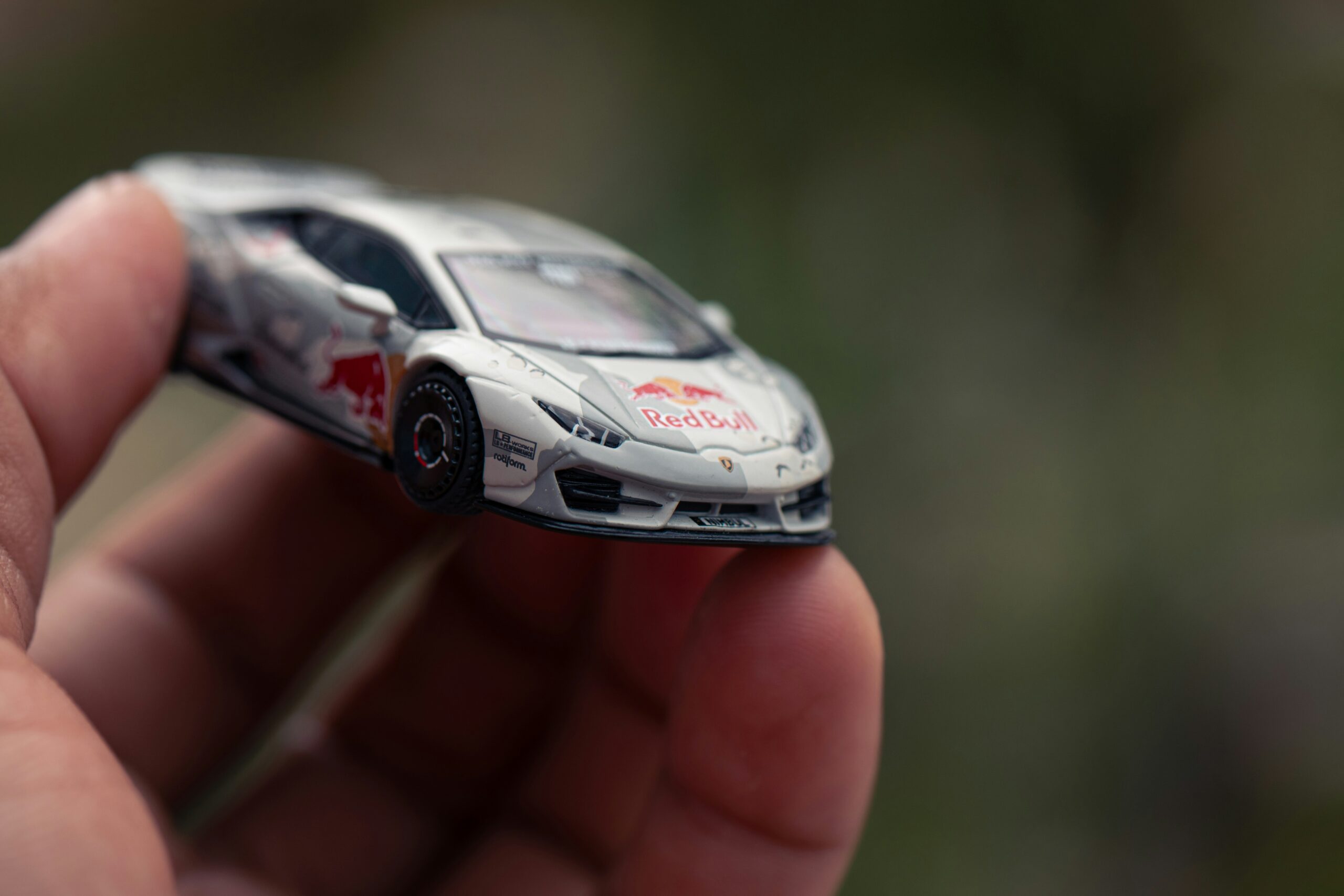 The rest of the Formula One grid was chasing tenths of a second...
The rest of the Formula One grid was chasing tenths of a second...
Adrian Newey was chasing something else entirely.
Newey is widely considered the greatest car designer in F1 history. He has been behind championship-winning cars at Williams, McLaren, and an earlier era of Red Bull.
More than anything, he's known for seeing the future of the sport.
And that's exactly what he was doing when he set Red Bull up for one of the most dominant eras in F1 history.
In 2020, Newey began shifting his attention away from that season's car. Instead, he focused on an entirely new set of regulations that wouldn't come into effect until 2022.
These rules, known as the "ground effect regulations," were going to completely reset the playing field.
And Newey knew it.
 The ground effect regulations reintroduced a design philosophy not seen in decades...
The ground effect regulations reintroduced a design philosophy not seen in decades...
Downforce would come from underneath the car, sucking it to the track, rather than relying solely on wings.
This shift favored designers who could think creatively about airflow and balance, not just raw power. And no one was better suited for that challenge than Adrian Newey.
Newey had already designed ground effect cars in the 1980s. While most modern engineers had never touched this aerodynamic concept, he had mastered it decades earlier.
Teams like Mercedes and Ferrari continued pouring resources into present-day performance. But Red Bull started building for tomorrow.
It was a risky call. F1 is a sport obsessed with the current season. Races are sometimes decided by milliseconds. But Newey let it go. He redirected Red Bull's resources toward the future car.
 By 2021, Red Bull was still fast... but the team was beatable...
By 2021, Red Bull was still fast... but the team was beatable...
From the outside, it looked like they were losing ground to their rivals. Red Bull finished the 2021 season with 11 wins to Mercedes' 10. But Mercedes still took the Championship.
Then came 2022.
Red Bull unveiled the RB18 – a car born under the new ground effect rules and sculpted by Newey's long-term vision.
Red Bull won 17 of 22 races that season. Their lead driver, Max Verstappen, clinched the Championship with ease. And in 2023, they were even better... winning 21 of 22 races.
Mercedes and Ferrari had spent the previous two years optimizing outdated car concepts. Suddenly, they were scrambling to catch up. Red Bull was in a league of its own.
But Newey decided to fall behind... in order to leap ahead. And in doing so, he cemented one of the most dominant runs in modern racing history.
 Newey's approach is a master class in strategic patience – and it applies to business cycles, too...
Newey's approach is a master class in strategic patience – and it applies to business cycles, too...
Many businesses operate in cyclical industries. Semiconductors are a prime example. The latest chip technology only lasts for a few years at most.
In the meantime, the "Big Three" chipmakers – Micron Technology (MU), Samsung, and SK Hynix – are hard at work on the next generation.
In the early 2020s, Micron was behind its peers by a few months. Its chips were unremarkable by comparison.
So it did the unthinkable in 2023... and skipped an entire cycle. It missed out on an entire year's worth of high-end chip sales. And it used that time to develop the next generation of chips.
Micron now leads the pack in state-of-the-art memory chips. By sitting out for a cycle, Micron went from being a laggard in the memory chip race... to a key contributor.
And its stock reflects this shift...
We recommended Micron to our Hidden Alpha subscribers back in April. Shares have more than tripled in roughly seven months.
 With cyclical industries like chipmaking, timing is everything...
With cyclical industries like chipmaking, timing is everything...
You need to pick companies that are playing into the cycle. And for the highest upside potential, you must buy in at the right moment.
Many investors focus too much on current results. They don't consider what's coming in the next few years.
But sometimes, the best move is to find a business that looks like it's in freefall – because it's trying to get ahead of the next cycle.
The best time to buy these cyclical businesses is right at the bottom... when nobody believes things are going to get better.
Regards,
Joel Litman
October 29, 2025



 The rest of the Formula One grid was chasing tenths of a second...
The rest of the Formula One grid was chasing tenths of a second... 

